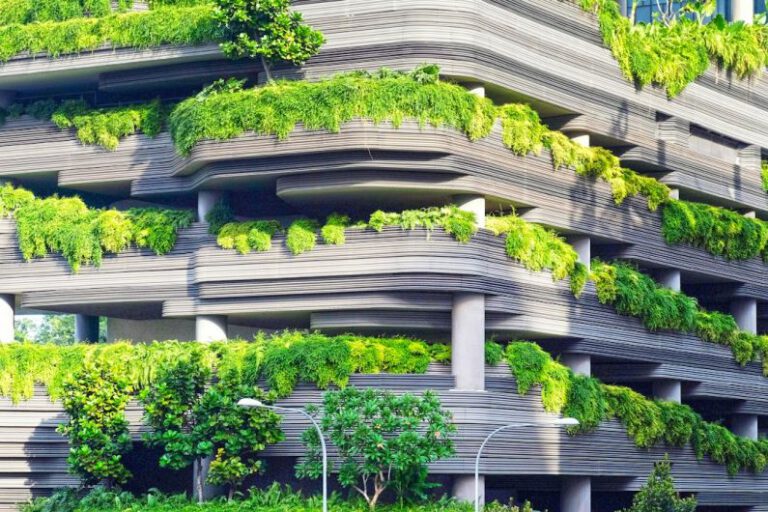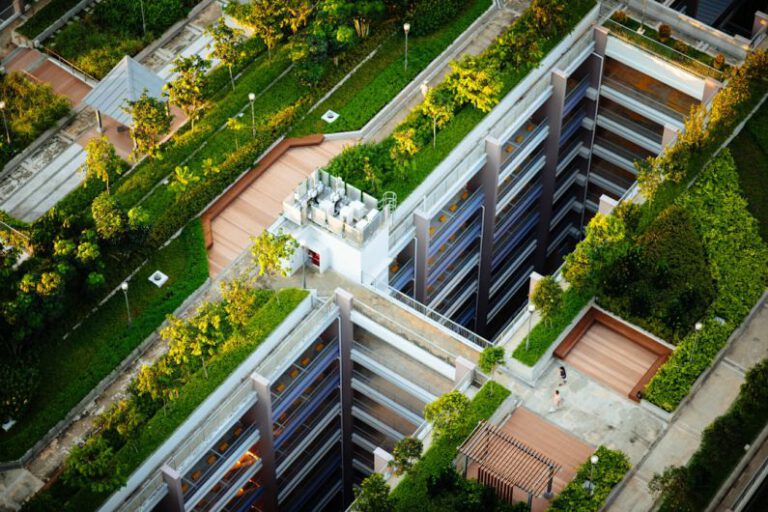What Are the Most Sustainable Building Materials?
In today’s world, sustainable building materials are becoming increasingly popular as people strive to create environmentally friendly structures that minimize their impact on the planet. From reducing carbon emissions to conserving natural resources, the use of sustainable building materials offers a range of benefits for both the environment and the occupants of the buildings. But with so many options available, it can be challenging to determine which materials are the most sustainable. In this article, we will explore some of the most sustainable building materials that are revolutionizing the construction industry.
**Bamboo**
Bamboo is a rapidly renewable resource that has gained popularity in the construction industry due to its sustainability and versatility. Unlike traditional hardwoods, bamboo matures in just a few years and can be harvested without causing damage to the environment. Bamboo is lightweight yet incredibly strong, making it an ideal material for structural elements such as beams and columns. Additionally, bamboo is aesthetically pleasing and can be used for flooring, walls, and even furniture, making it a versatile choice for sustainable building projects.
**Recycled Steel**
Recycled steel is another sustainable building material that is making waves in the construction industry. By using recycled steel instead of virgin steel, builders can significantly reduce the carbon footprint of their projects. Steel is a durable and long-lasting material that can be recycled indefinitely without losing its strength or quality. From structural support to roofing materials, recycled steel offers a sustainable alternative to traditional building materials while also helping to reduce waste and conserve natural resources.
**Straw Bales**
Straw bales may seem like an unconventional choice for building materials, but they offer a range of benefits for sustainable construction projects. Straw bales are an agricultural byproduct that is often burned or discarded, contributing to air pollution and waste. By using straw bales as building materials, builders can repurpose this waste product into an energy-efficient and environmentally friendly material. Straw bales provide excellent insulation properties, helping to reduce energy consumption and create a comfortable indoor environment. Additionally, straw bale construction is cost-effective and can be used for a variety of building types, from homes to commercial structures.
**Recycled Glass**
Recycled glass is a sustainable building material that offers a unique aesthetic appeal while also reducing the demand for raw materials. Glass is 100% recyclable and can be crushed and melted down to create new glass products indefinitely. By using recycled glass in construction projects, builders can divert glass waste from landfills and reduce the energy required to produce new glass materials. Recycled glass can be used for countertops, tiles, and decorative elements, adding a touch of elegance to sustainable buildings while also promoting environmental conservation.
**Rammed Earth**
Rammed earth construction is an ancient building technique that is experiencing a resurgence in popularity due to its sustainability and durability. Rammed earth walls are made by compacting layers of earth, gravel, and clay inside a formwork to create solid and stable structures. Rammed earth buildings have excellent thermal mass properties, helping to regulate indoor temperatures and reduce the need for heating and cooling systems. Additionally, rammed earth construction requires minimal processing of materials, making it a low-impact and environmentally friendly building method.
**Conclusion: Embracing Sustainable Building Materials**
As the demand for sustainable construction practices continues to grow, the use of sustainable building materials is becoming increasingly important for builders, designers, and homeowners alike. By choosing materials such as bamboo, recycled steel, straw bales, recycled glass, and rammed earth, construction projects can reduce their environmental impact, conserve natural resources, and create healthier and more energy-efficient buildings. Embracing sustainable building materials is not only beneficial for the planet but also for the long-term sustainability and resilience of the built environment.






